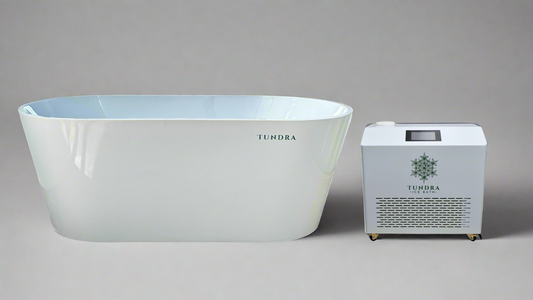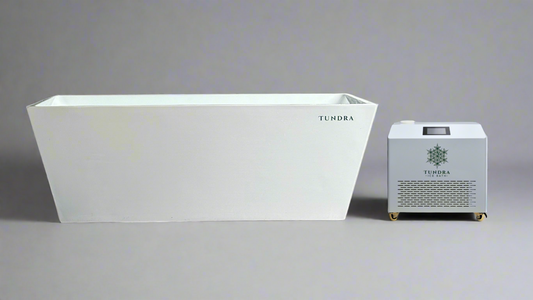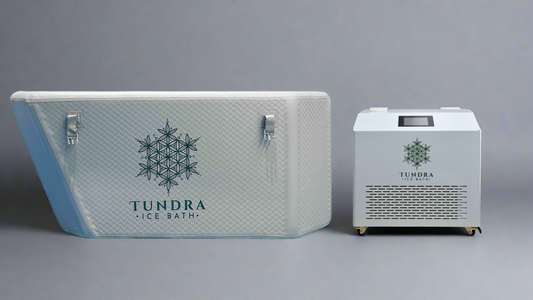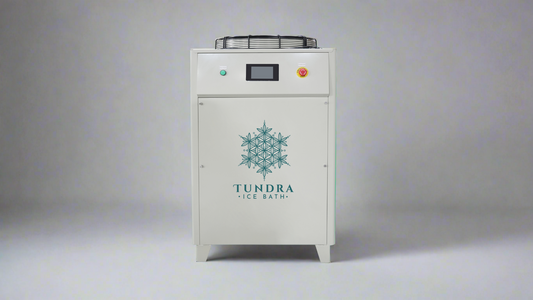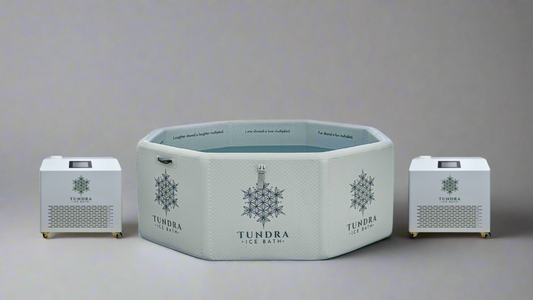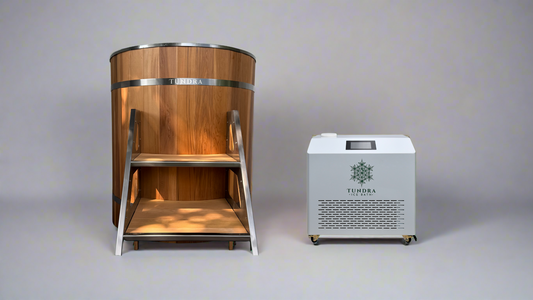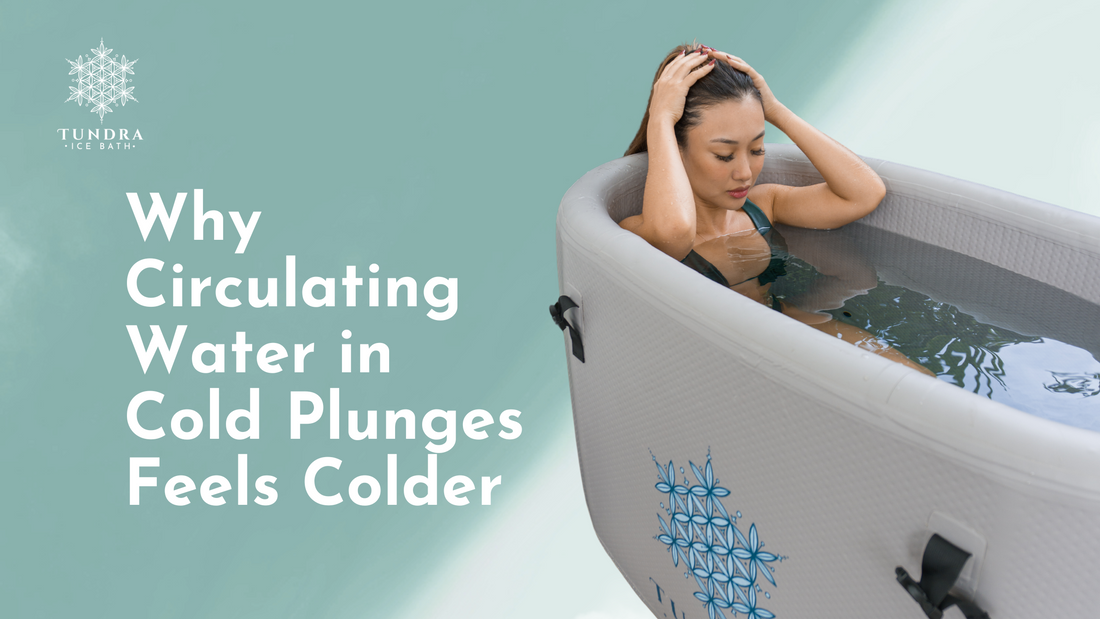
The Chilling Truth: Why Circulating Water in Cold Plunges Feels Colder
Share
Introduction
A question often posed by users is: Why does circulating water in an ice bath feel significantly colder than still water? This article explores the scientific principles behind this phenomenon.
Section 1: Thermal Properties of Water and Comparison with Cryotherapy
The effectiveness of ice baths is largely due to water's high specific heat capacity, which enables it to absorb substantial heat. This property sets water-based cooling methods apart from others, such as cryotherapy. Cryotherapy involves exposure to extremely cold air, often below -100°C, and primarily affects the skin’s surface temperature. In contrast, water's higher density and specific heat capacity allow for a more profound and penetrating cooling effect, absorbing more heat from the body efficiently.

Section 2: Understanding Heat Transfer
The feeling of cold in an ice bath is influenced by heat transfer principles, namely conduction and convection. Conduction occurs when heat moves from a warmer object to a cooler one. Convection involves the movement of heat through fluids, such as water. These processes work together in an ice bath to regulate the body's temperature, playing a critical role in the cooling effect experienced.
Section 3: Still vs. Circulating Water in Cold Plunges
In still water, the body warms a thin layer of water around it, creating an insulating effect. However, in circulating water, like that in TUNDRA Ice Baths, this warm layer is constantly replaced by cooler water. This renewal enhances heat loss from the body, intensifying the feeling of cold. Known as convective heat transfer, this method is more efficient than conductive heat transfer in still water, explaining the heightened cold sensation in circulating water.

Still water

Circulating water with TUNDRA
Section 4: Benefits of Circulating Water in Cold Plunges
Circulating water in ice baths offers significant advantages over still water. It ensures a consistent and efficient cooling environment, essential for temperature control. The consistent cooling environment is crucial for reaping health benefits such as accelerated recovery, reduced muscle soreness, and improved circulation. TUNDRA Ice Baths capitalize on these benefits, providing an effective and controlled ice bath experience, making them a preferred choice for athletes and wellness enthusiasts.
Conclusion
The increased sensation of cold in circulating water in ice baths is a result of water's unique thermal properties combined with the principles of heat transfer.
Whether you are an athlete seeking faster recovery or exploring new wellness routines, the invigorating experience of a TUNDRA Ice Bath can be both refreshing and beneficial.

